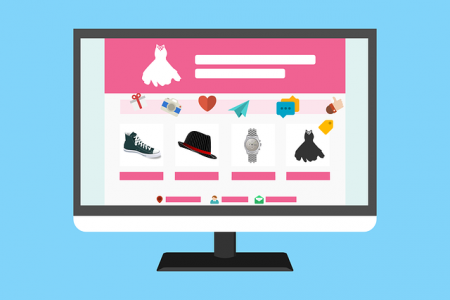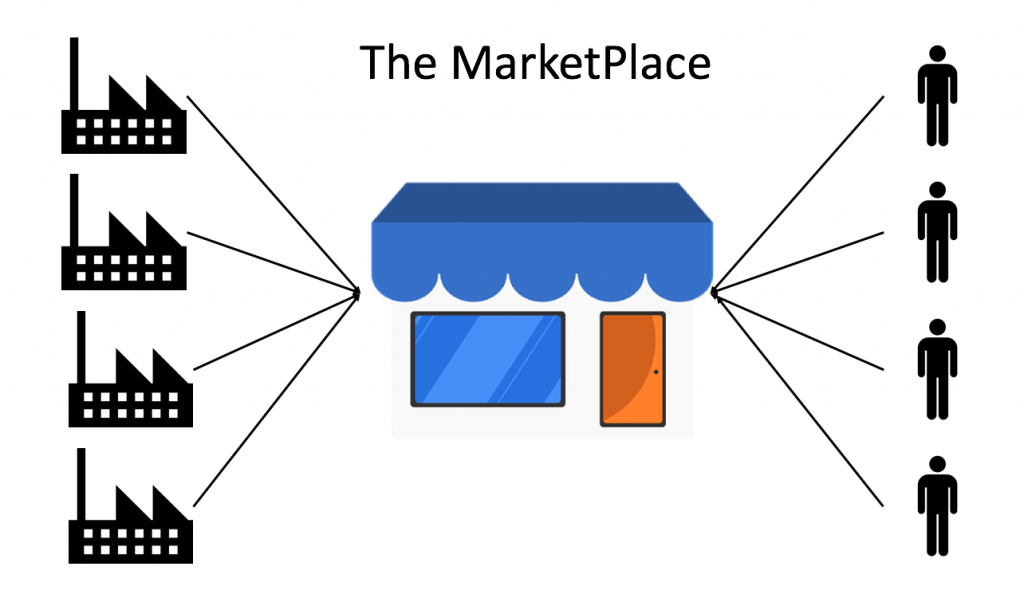
Digital Marketplaces Part 1: The Basics
What is a Marketplace?
Since ancient times, the marketplace is where buyers and sellers come together. And, while eCommerce has fundamentally changed how we shop, the concept of the market is no different now that it’s online.
A marketplace, according to Forbes, is a “website or app that facilitates shopping from many different sources.” The biggest example today, obviously, is Amazon; they are a global marketplace that sells just about anything and everything. Naturally, competitors or marketplace aspirants should want to emulate Amazon, right?
Not necessarily. Some large merchants such as Walmart or Best Buy may want to take an Amazon-like approach, but for other, smaller players like Labviva, they may want to head in a different direction.
For example, opening up a digital marketplace can be a great way to add SKUs and products to your site without having to handle these additional products or their logistics. There are also downsides to marketplaces, and if used incorrectly or if not properly maintained this can cause more issues for customers than benefits. Some of these issues are related to data, consistency and customer service.

How do Marketplaces work?
Marketplaces function as a connection point. Buyers and sellers are constantly looking to interface to exchange goods and services, and a marketplace enables these connections.
So, how does a digital marketplace work? First, the Seller has a product that they would like to offer on your channel. The seller thinks that your customers and web visitors would be receptive to their offering. They then would setup an account and deliver all the data and information that would entice shoppers to buy. Things like product descriptions, categories, pricing, shipping rates, and contact info are great places to start.
Next, the Seller would submit their products for review by the Marketplace administrators. Once approved, they would be launched and made for sale on the site.
Once on the site, Customers are able to view the product, add it to their cart, and complete a purchase. The order is placed within the Marketplace and payment is sent to, and held by, the Marketplace.
Next, the order is then communicated to the Seller for fulfillment. Once the product is either sent or delivered (depending on marketplace) the marketplace recognizes the sale and pays the Seller. Typically, the Marketplace owner will take a fee (usually a percentage based on category and a seller fee), and the rest goes to the Seller.

Creating Value for EVERY Customer
There is one massive difference between running a marketplace and a standard digital storefront: you need to remember that you actually have 2 sets of customers in a marketplace; buyers and sellers. Keeping both happy is what makes a marketplace work.
Looking at low hanging fruit, the easiest type of marketplace for most merchants would be adding onto an already existing digital commerce channel. The reason for this is that getting sellers onto your site requires them to get their products on your site. This is an effort on their end, and is usually done either through an API or a Seller portal. If you are not selling their products effectively, then they have little reason to invest the time required to manage that sales channel. A marketplace without sellers is not marketplace at all.
This is not to say you can’t start a marketplace without already having an eCommerce site: it just means that you must engage in very thorough research to make sure there are enough sellers and customers already out there – whose needs are currently unmet – to support a new marketplace.
